#Earls Dalhousie
Explore tagged Tumblr posts
Text
Dalhouise Library -- Looking for Books and Historical Protection -- First Rural Library of Ontario
This is what remains-Moss covered rocks mark the North side of the old St Andrews hall. Photo- Deb Shea The Dalhousie Library, Watsons Corner— The First Rural Library in Ontario Although used with decreasing frequency, St. Andrew’s Hall Cemetery was operational until 1900 when a new St. Andrew’s Cemetery opened across the road. Today, only one gravestone in the original cemetery survives,…
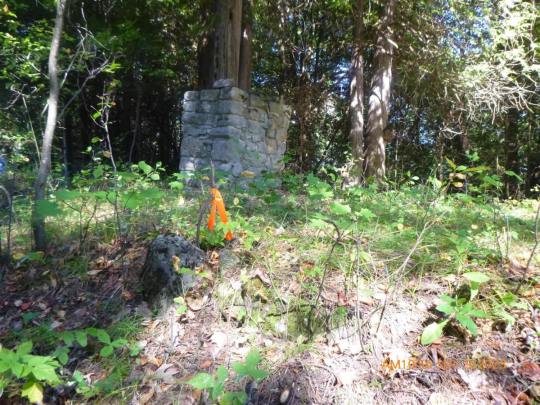
View On WordPress
#cairn#dalhousie#dalhousie library#earl of Dalhousie#heritage#History#Lanark-County#library#lost library#ontario#st. andrews#watsons corners
0 notes
Text

The Earl of Dalhousie by John Singer Sargent
#john singer sargent#the picture of dorian gray#dalhousie#oscar wilde#art#painting#art history#classic
12 notes
·
View notes
Text
Court Circular | 30th May 2024
Buckingham Palace
The King and Queen were present at the Memorial Service for Sir Chippendale Keswick which was held at St Paul’s Church Knightsbridge, 32a Wilton Place, London SW1, today.
The Princess Royal was represented by the Earl of Dalhousie.
Princess Alexandra, the Hon Lady Ogilvy was represented by Mrs Diane Duke.
His Majesty was represented by the Duke of Buccleuch and Queensberry KT (His Majesty’s Lord-Lieutenant of Roxburgh, Ettrick and Lauderdale) at the Service of Thanksgiving for the Life of Donald Cameron of Lochiel (formerly Her Majesty’s Lord-Lieutenant of Inverness) which was held at St Columba’s Church, Pont Street, London SW1, this afternoon.
The Princess Royal was represented by Mr Hamish Leslie-Melville.
The King was represented by General Sir Nicholas Parker (Deputy Lieutenant of Wiltshire) at the Funeral of Mr John Bush (formerly Her Majesty’s Lord-Lieutenant of Wiltshire) which was held at Edington Priory Church, Edington, Westbury, Wiltshire, this afternoon.
The Queen was represented by Mrs Peter Troughton.
The Princess Royal was represented by Captain Sir Nicholas Wright RN.
6 notes
·
View notes
Text
Court Circular | 22nd February 2023
Buckingham Palace
The King this morning visited the Felix Project, Unit 12 and 14 Thomas Road Industrial Estate, Thomas Road, London E14, and was received by Colonel Jane Davis (Vice Lord-Lieutenant of Greater London), the Founders of the Felix Project (Mr Justin Byam Shaw and Mrs Jane Byam Shaw) and the Mayor of London (the Rt Hon Sadiq Khan). His Majesty, escorted by Ms Charlotte Hill (Chief Executive), toured the depot and kitchen and met members of the warehouse team, volunteers and representatives from the Project’s community partners, before unveiling a community freezer and joining a Reception for supporters. The Earl of Dalhousie was received by The King this afternoon, delivered up his Wand of Office and took leave upon relinquishing his appointment as Lord Steward. The Earl of Rosslyn was received by The King, kissed hands upon his appointment as Lord Steward and received from His Majesty his Wand of Office. The President of the German Bundestag (Ms Bärbel Bas) was received by The King. The Rt Hon Rishi Sunak MP (Prime Minister and First Lord of the Treasury) had an audience of His Majesty via telephone. The Queen Consort, Patron, BookTrust, this afternoon received Mr Joseph Coelho (Children’s Laureate).
Kensington Palace
The Earl of Wessex this morning visited George Town Yacht Club, 612B North Sound Road, Grand Cayman, Cayman Islands, and departed by boat to visit the Coast Guard Base. The Earl of Wessex, Chairman of the Board of Trustees, The Duke of Edinburgh’s International Award Foundation, and The Countess of Wessex, Global Ambassador, this afternoon attended a Reception at Government House, Seven Mile Beach, Grand Cayman, for young people who have achieved the Gold Standard in the Award. The Countess of Wessex, Global Ambassador, 100 Women in Finance, this morning attended a Reception at Government House. Her Royal Highness later attended the Annual Agricultural Show at West Bay, Grand Cayman. The Earl and Countess of Wessex later departed from Owen Roberts International Airport, Grand Cayman, for Turks and Caicos Islands and were received upon arrival in Grand Turk by the Governor of Turks and Caicos Islands (His Excellency Mr Nigel Dakin). Their Royal Highnesses this evening attended a Reception at the Governor’s Residence, Grand Turk.
St James’s Palace
The Princess Royal, Patron, the Chartered Institute of Logistics and Transport (UK), this morning attended the London Region Annual Student Conference, Queen Anne Court, Old Royal Naval College, University of Greenwich, Park Row, London SE10, and was received by Mr. Matthew Burrow (Deputy Lieutenant of Greater London). Her Royal Highness, Chancellor, University of London, this afternoon visited the Cicely Saunders Institute of Palliative Care at King’s College London, Bessemer Road, London SE5, to mark its Tenth Anniversary, and was received by Mr. Christopher Wellbelove (Deputy Lieutenant of Greater London). The Princess Royal, Commandant-in-Chief (Youth), St. John Ambulance, this evening attended the Youth Award Ceremony at the Old Palace, Hatfield House, Hatfield, and was received by His Majesty’s Lord-Lieutenant of Hertfordshire (Mr. Robert Voss).
Kensington Palace
The Duke of Gloucester, Patron, British Society of Soil Science, this afternoon received Dr Jacqueline Hannam (President), Professor Paul Hallett (President Elect) and Mrs. Sarah Garry (Executive Officer).
St James’s Palace
Princess Alexandra, Deputy Colonel-in-Chief, this afternoon presented medals to members of The Royal Lancers (Queen Elizabeths’ Own) at St. James’s Palace.
#court circular#princess anne#princess royal#king charles iii#earl of wessex#countess of wessex#queen camilla#duke of gloucester#princess alexandra of kent#british royal family
16 notes
·
View notes
Text
URGENT: My [26M] roommate [254M], the spectral manifestation of the 9th Earl of Dalhousie bound to a snowman, has claimed my balcony for Britain. He keeps demanding scalps?
0 notes
Text

"IS JAILED FOR YEAR AFTER WILD CHASE," Toronto Star. September 18, 1943. Page 23. --- John McLay Gets Additional Three Months for Dangerous Driving --- "A" Police Court, City Hall, Magistrate Browne. Following a wild chase up and down streets and lanes in the Dundas-Jarvis district at 1.15 a.m. today by Constables John Murray and Cecil Payne, John McLay, 19, was arrested on charges of theft of a motor car and dangerous driving. Before Magistrate Browne, he pleaded guilty to the theft charge and was convicted on the dangerous driving count.
"Accused is a first offender, but is making a fool of himself. He comes from a good family, but got himself mixed up with the Jarvis St. gang," declared Crown Attorney Malone.
On the theft charge he was given one year definite and three months indefinite. For dangerous driving the sentence was three months, to run consecutive.
P.C. Murray said he and P.C. Payne were driving east on Dundas St. when he saw a car proceeding north at about 45 m.p.h. "We gave chase up Mutual St., along Gould St and through lanes on Gerrard St., Dundas St., Dalhousie St, and Pembroke St. When going down Pembroke St., he went over a lawn and then tried to go into a lane. He blew a tire and we got him. He had been drinking, but he handled the car all right."
"It is a serious matter. Some person might have been killed," said the court.
Earl Scott pleaded guilty of stealing a sweater from a downtown store. Det. B. Anderson said accused walked into the store, took the sweater and left.
"Has this man a record?" asked Magistrate Browne.
"He has been in a little difficulty. There are just two typewritten pages. I have not the time to read them all," replied Crown Attorney Malone.
"Four months." said his worship.
"You have done nothing else but steal all your life. You will go to Kingston penitentiary for two years," said Magistrate Browne to John Hanlon, [pictured] after he pleaded guilty of stealing two watches from a jewelry store on Bloor St. H. Mann, store proprietor, said accused came into his store yesterday afternoon and made a small purchase. "I was suspicious of him and while I was wrapping up his purchase I saw him take two watches valued at about $65. I held him until the police arrived." he said.
Robert Harris, 17, pleaded not guilty of taking a motor car without consent of the owner. Det. Herbert White told the court that accused, with three juveniles was in a car stolen from Sherbourne and Gerrard Sts. "Accused told me that one of the juveniles took the car and picked him up. He admitted that he knew the car was stolen," the officer related.
Harris said he knew the car was stolen but that he did not steal it nor drive it. He was remanded on his own bail until Sept. 24, for judgment.
Sydney T. Smith, convicted of failing to remain at the scene of an accident and careless driving, was fined $25 and costs or 20 days in each case. If the fines are not paid. the jail terms will run consecutively. He appeared in "D" court.
P. C. Dorkin stated accused was passing a parked car when he struck Miss Ruth Haggins and injured her foot. "He did not stop. I chased him to his home on Withrow Ave," he said. Smith, pleading for leniency, said he had three sons in the army and three children at home.
'CUPFUL OF GAS' ---- County Police Court, at County buildings - Magistrate Keith. On bail of $50 each. Stanley and William Martin, charged with theft of gasoline from an Agincourt service station, were remanded to the 21st. William Martin also faces a charge of driving without an operator's license.
"It was only a cupful of gasoline to get a stalled car off the road," said Paul Hinds, defence counsel, in asking for bail. "The police will verify that."
[AL: Hanlon had been in the penitentiary before, many years ago, and served several terms in the reformatory. He lived with his wife in Long Branch, a suburb of Toronto. He was 30, with no kids, and worked as a commercial labourer. He was convict #7432 at Kingston, and worked mostly in the kitchen. He was released April 1945.]
#toronto#police court#car chase#police chase#car theft#car thieves#shoplifters#gasoline theft#stolen watches#fines or jail#sentenced to prison#ontario reformatory#sentenced to the penitentiary#kingston penitentiary#canada during world war 2#crime and punishment in canada#history of crime and punishment in canada
0 notes
Link
The Panmure basin and ewer from the Earl of Dalhousie is to go on display at the National Museum of Scotland this week.
0 notes
Text
Ben Hogan and Scotland's Panmure Golf Club

Ben Hogan only played in one Open Championship, but he left an indelible mark on Scotland’s east coast because of how he won the game’s oldest major and how he prepared for it. Hogan famously captured the 1953 Open at Carnoustie Golf Links by shooting a final-round 68 while battling the flu. Four years after an automobile accident nearly killed him, he beat four men by four shots in his lone voyage to Scotland. That journey to the Claret Jug, however, began two weeks earlier when Hogan, accompanied only by his caddy, Cecil Timms, arrived at Panmure Golf Club to acclimatize to the terrain of links golf and to acquaint himself with the smaller 1.62-inch British ball that was used at the time. Hogan was the only participant in the Open given the privilege of playing at Panmure Golf Club. At that time, Panmure was an extremely private club, and Hogan could practice away from the prying eyes of the public and the press. Legend has it that Hogan intently studied Macdonald Smith’s swing to improve his own. Smith and his family started life in Barry, Carnoustie, before emigrating to America in 1908. Smith is widely regarded as one of the best players of all time who never won a major championship. When he returned to Panmure in 1931 to qualify for the first Open Championship at Carnoustie, Smith set a new course record of 70. Panmure is a historic Scottish club, only 1.5 miles from Carnoustie Golf Links and a 45-minute drive from St. Andrews. It was founded in 1845 by a collection of 17 gentlemen, and the Club’s name and shell logo come from a close connection with the Maule Ramsay family. The Rt. Hon Earl of Dalhousie remains the Club’s honorary president, and King George VI accepted honorary membership of the Club in 1930. Ben Hogan and the Panmure Golf Club. An unlikely pairing, yet one whose story is forever etched in the pages of golf history. Panmure is the world’s 21st oldest golf club and moved to its current site in Barry in 1899. The original layout was designed by Old Tom Morris and constructed by R. Duff of Edinburgh, who also built the New course at St Andrews and Muirfield. Many of the original holes remain. Five-time Open champion James Braid gave suggestions for modifications in the 1920s, and those were among the most significant changes over the past century. Some of the charming characteristics include holes designed by these greats. Braid’s par-3, 180-yard 9thhole, with its undulating green protected by large bunkers and dunes, and Old Tom’s par-4, 396-yard 12thhole which requires an accurate approach shot to carry the Buddon Burn guarding the front of the green. Today the course measures 6,551 yards, plays to a par 70, and combines the best elements of links and heathland with tight fairways, challenging carries, and undulating greens. True to links golf, holes mostly play firm and fast, and the rolling fairways wind through dunes and pine trees, leading to greens that are protected by proper Scottish bunkers. Ben Hogan would never play in the Open again, but his legacy at Panmure remains. The sixth hole, a 414-yard par 4 (stroke index 1), was Hogan’s favourite and named after the legendary Texan. He suggested to the club that a strategically placed pot bunker be built to the front and right of the green. It was, and it is still known as Hogan’s bunker. Another favorite story from Hogan’s Panmure experience came on the par-4, 401-yard 17th hole. Hogan liked the green and spent much time putting there, but he wanted it to run quicker than it did. So, he asked William Falconer, the head greenkeeper, if the mower could shave the green a tad tighter. Falconer said it was possible but pointed to the mower and mentioned that Hogan was free to do it himself. He did, and word is that he later returned the mower to Falconer in pristine condition after insisting on cleaning it first. Panmure has hosted many prestigious championships over the years, ranging from national amateur tournaments to final qualifying for The Open Championship. Recently, the Club has hosted regional qualifying for The Open, the R&A Girls Amateur Championship, final qualifying for the AIG Women’s Open, and the stroke play qualifying for the R&A Boys Amateur Championship. The colorfully clad Doug Sanders advanced through qualifying at Panmure in 1970 and later lost to Jack Nicklaus in an 18-hole playoff with a chance to win the Open. Nicklaus shot an even-par 72 to clip Sanders by one and earn his second of three Opens. Gary Player, Nick Faldo, Sandy Lyle and Padraig Harrington are a few Open champions who have played at Panmure for years. The Club’s iconic clubhouse is one of Scotland's finest old golf buildings and was modeled – architecturally and spiritually – on Royal Calcutta Golf Club. It features three lounges, each perfect for a post-round beverage. Ben Hogan never returned to Scotland, and the victory at Carnoustie marked the last major that he’d ever win. The Scots still refer to him as the “Wee Ice Mon” because of his steely demeanor, determination, and ability to perform best under pressure. The Open victory and his presence at Panmure in the preceding weeks were enough for Hogan to remain a legend in the area forever. Panmure remains a private member’s club, but they are delighted to welcome visitors to experience its classic links. Are you ready to take on the Ben Hogan challenge? panmuregolfclub.co.uk Photos Courtesy of Panmure Golf Club Read the full article
0 notes
Note
From The Telegraph re: tomorrow - “Sunday, Sept 11
At 10am, six gamekeepers from the Balmoral estate will carry Her Majesty’s coffin from the castle ballroom through a small dining room to the entrance, where it will be placed in a hearse for a slow six-hour drive to Edinburgh.
It will be the first time the public will have seen the late Queen’s coffin.
Accompanied by the Earl of Dalhousie and the Minister of Crathie Church, the hearse will make its way to the Scottish capital via Aberdeen, Dundee and Perth to the Palace of Holyroodhouse, the official royal residence in Scotland, where it will be placed in the Throne Room by a bearer party found by The Royal Regiment of Scotland.
It will remain there overnight, enabling members of staff at Holyroodhouse to pay their last respects.
Thank you!
32 notes
·
View notes
Note
Hello I'm glad I found your page. I was wondering if you can tell me about this British sea chest? If it is from 1801 and these initials G. R. I believe it may have been owned by the Earl of Dalhousie whose name was George Ramsey. Can I send you pictures?
Hi, of course you can send me pictures. I'm curious to see what the good piece looks like and see what I can find out about it.
10 notes
·
View notes
Text
Who was Granny Cummings? Thanks Deb Shea
In 1937 something had to be done to designate Watson’s Corners in Lanark, known to the pioneers of 1820 and 1821 as “Granny Cummings’ Corners.” as a historic site. It is a spot in Dalhousie township reminiscent of the Earl of Dalhousie, of Col. William Marshall, government superintendent of settlement in Lanark, of the Scotta, Baillies, Mulrs, Mclntyres, Robertsons, Parks, Cummings, Cralgs and a…
#dalhousie#dalhousie library#deb shea#emmigration#fiddlers hill#genealogy#History#Lanark-County#lankashire#ontario#scots
0 notes
Photo

The Earle of Dalhousi: John Singer Sargent, 1900.
84 notes
·
View notes
Photo

The Earle of Dalhousie, 1900, John Singer Sargent
Medium: oil,canvas
105 notes
·
View notes
Text
The eligible princesses of the 1920s
It was the headline in The New York Times that caught my attention. "Princess Spinsters Worry Sovereigns: Royal Daughters, coming of age all at once, exceed princely suitors in Europe...."European royalty is facing a crisis in family life which is giving no end of worry to the households of various sovereigns. The trouble is due to too many princesses coming of age simultaneously without enough royal princes to go around." As we approach the 21st century, we may scoff at such headlines. But in the 1920s, marriage was largely the only option for royal princesses. The one exception was Crown Princess Juliana of the Netherlands, the only child of Queen Wilhelmina and Prince Hendrik of the Netherlands Prince Heinrich of Mecklenburg-Schwerin). Juliana was an eligible princess who was also the heir to her country's throne.
The dispatch acknowledged that there was a "growing popularity of marriages between royalty and the nobility." In 1923, Princess Jolanda of Italy married Italian count Giorgio Calvi di Bergolo, a member of the Italian aristocracy.
Virginia Pope, writing in 1929 in The New York Times, noted: "Husband hunting is no easy task for royal princesses nowadays. There are far fewer prospective crowned heads to choose from, and the uncertain future of thrones has caused princesses to look outside the charmed circle of royalty for their mates."
In other words, there were not enough princes to go around. The Great War was responsible not only for the deaths of millions of young men but was also the catalyst that brought down three of the most powerful thrones in Europe: Russia, Germany, and Austria.

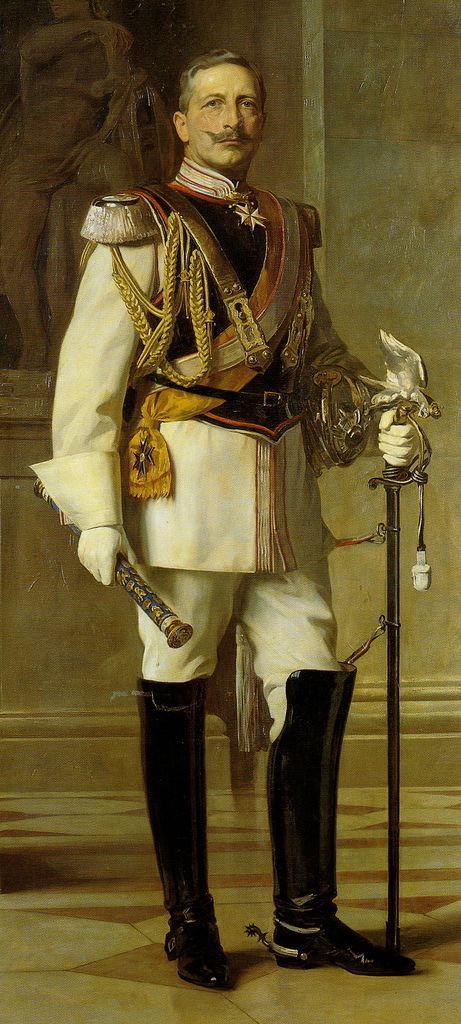
Kaiser Wilhelm II of Germany and Emperor Karl I of Austria spent their final years in exile.

The Bolsheviks murdered the Russian Emperor and his family. Had they survived, the four daughters of Nicholas II,Olga, Tatiana, Maria, and Anastasia, would certainly have topped most lists as the most eligible young royal women.


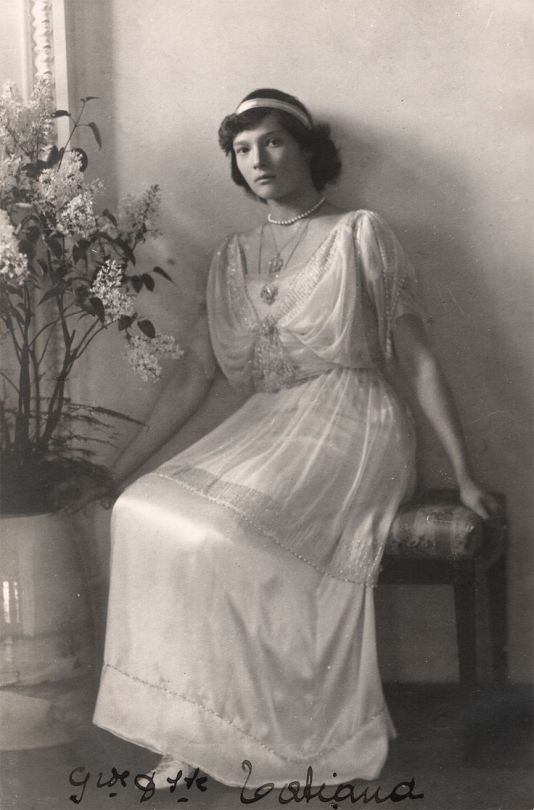

despite his hemophilia, Alexis' position as heir to the Russian imperial throne, would have meant a brilliant dynastic marriage.

The surviving Romanovs, as well as the Archduchesses of Austria and the princesses and duchesses of the former German ruling families, were no longer considered on the A-List for marital consideration. The Greek princesses largely lost their allure when King George II was deposed in 1924.Seven years later, the former highly touted Infantas Beatriz and Maria Cristina of Spain experienced the same situation when their father, King Alfonso XIII, went into exile when Spain was declared a republic.As the New York Times article pointed out, marriages with the nobility were popular. In Britain, such marriages were becoming the norm as the first three royal weddings since the end of World War I was with members of the British aristocracy. On July 17, 1917, the day when the British Royal Family renounced their German titles and adopted Windsor as the name of the House, King George V wrote in his diary: "I've also informed the [Privy] Council that May and I decided some time ago that our children would be allowed to marry into British families. It was quite a historic occasion."
(It should be noted that before the accession of George I, it was not uncommon for a member of the English or Scottish royal families to marry into the noble families. Queen Victoria encouraged such marriages, as well. Her daughter, Louise, was married to the Duke of Argyll, and her granddaughter, Princess Louise of Wales, was the wife of the Duke of Fife).In February 1919, George V's cousin, Princess Patricia of Connaught married the Hon. Alexander Ramsay of Mar, the younger son of Earl of Dalhousie. The Princess, who preferred painting and country life to royal panoply, renounced her royal title, and following her marriage, she was known as The Lady Patricia Ramsay. It was also unlikely that George V's only daughter, Princess Mary, would marry a foreign prince, although some assumed she might marry her first cousin, Crown Prince Olav of Norway. In 1922, Mary married Viscount Lascelles, heir to Harewood earldom. Her parents supported the marriage, and her countrymen were delighted that the princess would remain in Britain. Crown Prince Olav aside, the majority of her suitors were British aristocrats, including Lord Lascelles, the Earl of Dalkeith, and Viscount Althorp, whose fathers were the Duke of Buccleuch and Earl Spencer, respectively. A generation earlier, however, Mary probably would have wed a German prince. But in 1922, it was untenable that a British princess would consider marriage with a German prince. The Great War was still fresh in Britain's memory.
One of Princess Mary's adult bridesmaids was Lady Elizabeth Bowes-Lyon, the youngest daughter of the Earl of Strathmore and Kinghorne. Lady Elizabeth had been briefly courted by Prince Paul of Yugoslavia, but she accepted the proposal from Mary's second brother, Prince Albert "Bertie," the Duke of York. They were married at Westminster Abbey in April 1923. "Duke of York Weds Simple Scots Maid; Throngs Hail Them," headlined The New York Times.

The princesses who emerged as the marital front runners in the 1920s included Jolanda, Mafalda, and Giovanna of Italy, the elder daughters of King Vittorio Emanuele III and his Montenegrin wife, Elena



Princess Ingrid of Sweden, only daughter of Crown Prince Gustav Adolf of Sweden
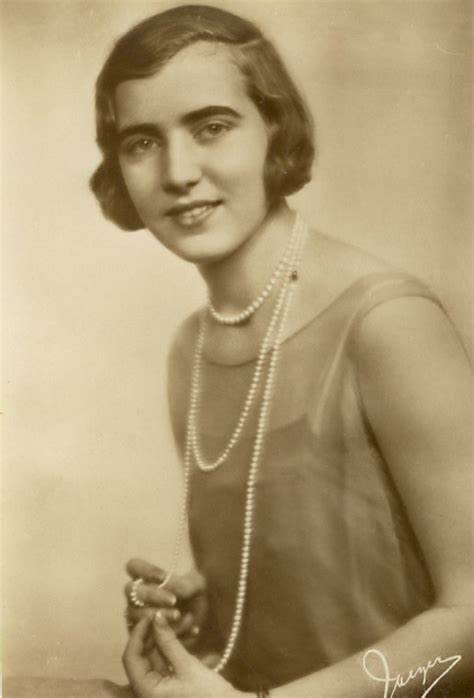
and her cousins, Martha and Astrid, the younger daughters of Prince Carl and Princess Ingeborg
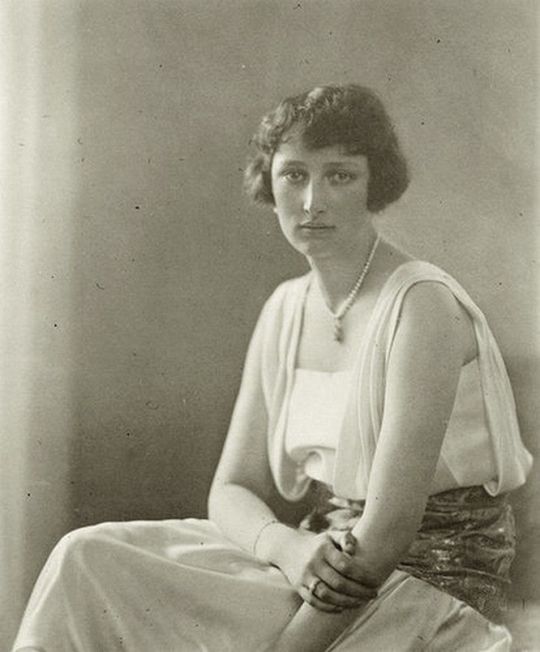

Crown Princess Juliana of the Netherlands

Princess Marie-José of Belgium
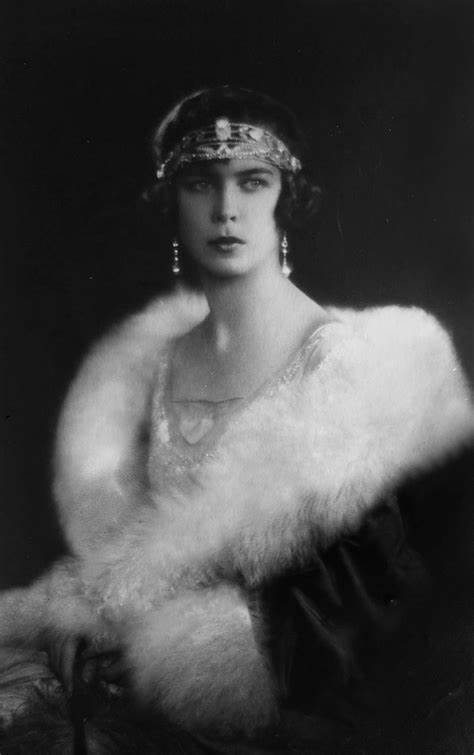
Infanta Beatriz of Spain
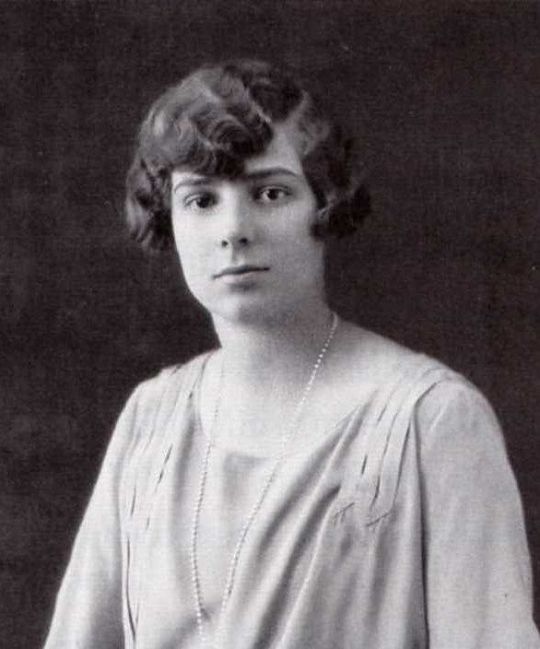
Princesses Elisabeth of romania

Princesses maria of romania

Princesses Ileana of romania

5 notes
·
View notes
Photo

Officers of the right half battalion, 2nd Scots Guards on board SS Lake Michigan troopship at Dover, 6 October 1914. On the left is Lieutenant, the Earl of Dalhousie. The officer seen in profile is 2nd Lieutenant RCM Gibbs. The first was wounded and the second killed on 27th October 1914.
#ww1#ww1 stories#ww1 poetry#ww1 history#ww1 epitaphs#world war one#The First World War#The Great War#1917#1918#1916#british army#British history#british soldiers#france#french#French History#wwII#historical photos#world history
36 notes
·
View notes
